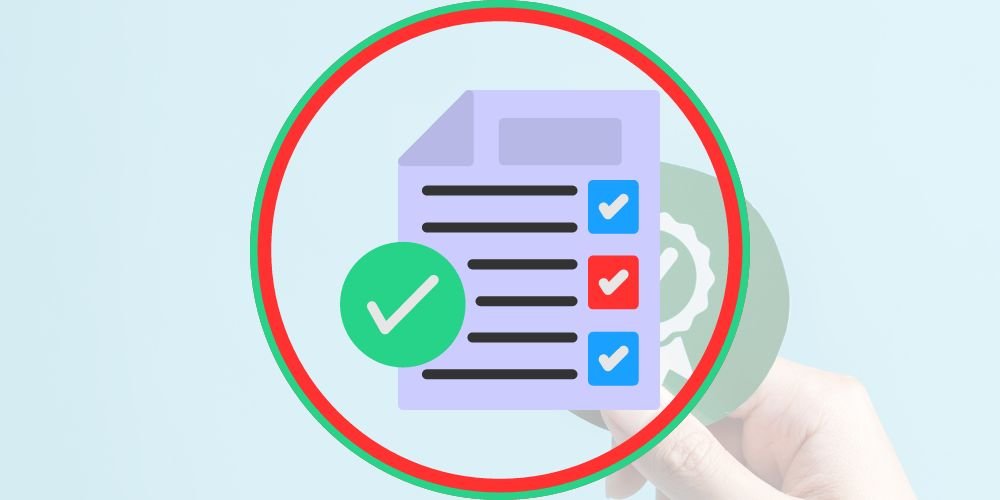Vendor compliance with industry standards is a critical aspect of supplier management. It ensures that your partners meet quality, safety, and regulatory compliance requirements. Evaluating vendor compliance helps reduce risks, ensures product and service quality, and maintains your organization’s reputation.
Guide to Evaluate Vendor Compliance
This step-by-step guide will explore how to effectively assess and verify vendor compliance with industry standards.
Identify Relevant Industry Standards
Before evaluating vendor compliance, you must identify the specific industry standards that apply to your organization and your vendors‘ products or services. These standards could be related to quality, safety, security, environmental impact, or any other relevant aspect of your business.
- Research: Conduct thorough research to identify the industry standards relevant to your industry and sector. Regulatory bodies, industry associations, or international organizations may establish these standards.
- Consult Experts: Seek advice from industry experts, consultants, or trade associations to ensure you have a comprehensive list of applicable standards.
Understand Vendor Requirements
Once you’ve identified the relevant industry standards, it’s crucial to understand the specific requirements that vendors must meet to comply. Each standard will have its guidelines, regulations, and best practices.
- Read the Standards: Obtain copies of the relevant industry standards and thoroughly read and understand the requirements outlined in each standard.
- Clarify Ambiguities: If you encounter any ambiguities or uncertainties in the standards, consider seeking clarification from the issuing authority or consulting with subject-matter experts.
Develop Vendor Assessment Criteria
With a clear understanding of the industry standards, create a set of assessment criteria that vendors must meet. These criteria will form the basis of your evaluation process.
- Criteria Mapping: Align each requirement with the industry standards and your vendor assessment criteria. Ensure that your criteria cover all the essential elements of compliance.
- Weighted Criteria: Assign weights to criteria based on their importance to your organization. Some requirements may carry more significance than others, and weighting ensures a balanced evaluation.
Communicate Expectations to Vendors
Transparent communication with vendors is essential. Let them know your expectations regarding compliance with industry standards, the assessment process, and the consequences of non-compliance.
- Vendor Agreements: Include compliance with industry standards as a contractual obligation in vendor agreements and contracts.
- Documentation: Provide vendors with copies of the relevant industry standards and your assessment criteria so they know the requirements.
Collect Vendor Documentation
Request vendors to provide documentation and evidence demonstrating compliance with the identified industry standards.
- Documentation Review: Collect and review documents such as certificates, reports, test results, and records that support vendor compliance claims.
- Audits and Inspections: If necessary, consider conducting on-site audits or inspections to verify compliance. These audits can be especially valuable for critical vendors or when there are doubts about compliance.
Assess Vendor Performance
Evaluate vendor performance against the assessment criteria and industry standards. This evaluation can involve both quantitative and qualitative assessments.
- Scoring: Assign scores to each criterion based on the vendor’s level of compliance. Use your weighted criteria to calculate an overall compliance score.
- Performance Reviews: Conduct regular performance reviews and assessments to monitor ongoing compliance and identify deviations or non-compliance issues.
Address Non-Compliance
It’s essential to have a clear process for addressing non-compliance when vendors do not meet the required standards or criteria.
- Corrective Action Plans: Work with non-compliant vendors to develop corrective action plans. These plans should outline the vendor’s steps to rectify non-compliance issues.
- Escalation: Establish an escalation process for severe or repeated non-compliance cases, which may involve contract renegotiation, termination, or legal action.
Continuous Monitoring and Improvement
The evaluation of vendor compliance should not be a one-time event. It should be part of an ongoing process that ensures vendors comply with industry standards.
- Regular Audits: Conduct periodic audits and assessments to verify continued compliance and identify areas for improvement.
- Feedback Loop: Establish a feedback loop with vendors to encourage open communication about compliance issues and improvements.
Conclusion
Evaluate vendor compliance with industry standards is a critical aspect of vendor management. By following this step-by-step guide, organizations can systematically assess and verify that their vendors meet the necessary standards and criteria. This helps mitigate risks, ensure product and service quality, and maintain regulatory compliance, ultimately contributing to the organization’s success and reputation. Effective vendor compliance assessment is an ongoing process that requires transparency, communication, and a commitment to continuous improvement.









